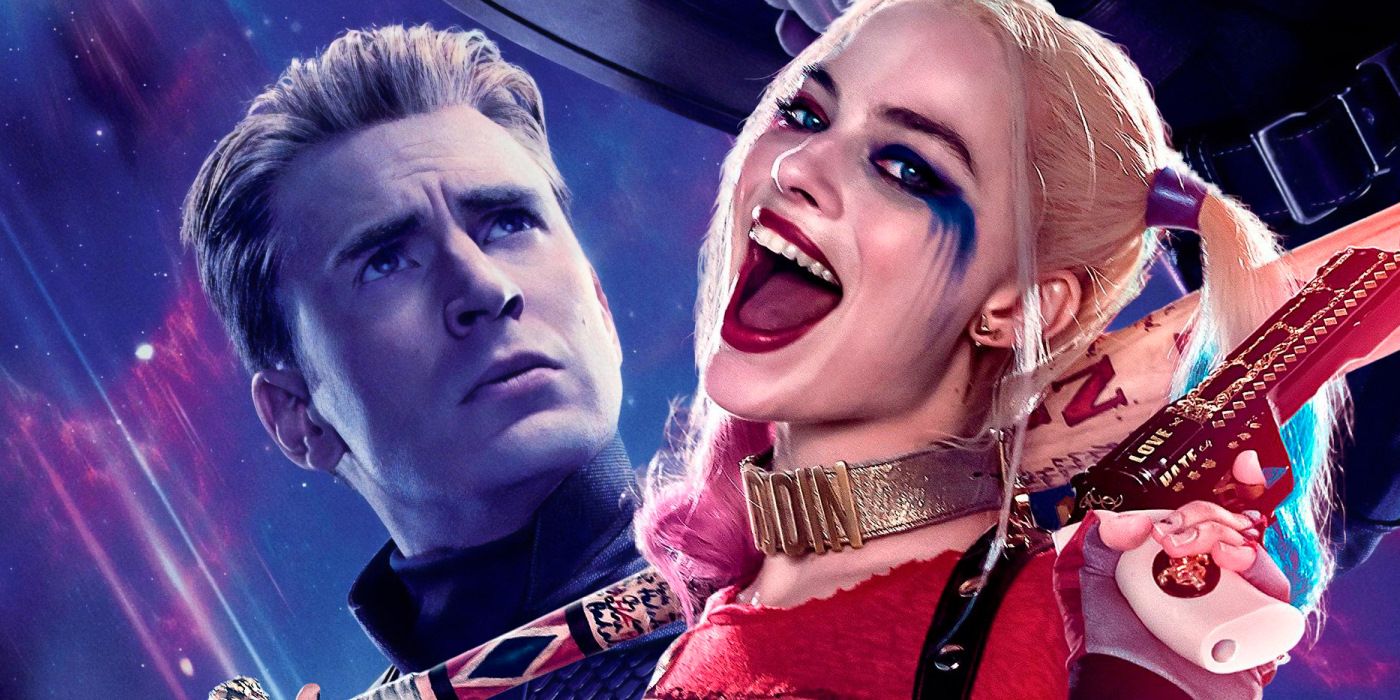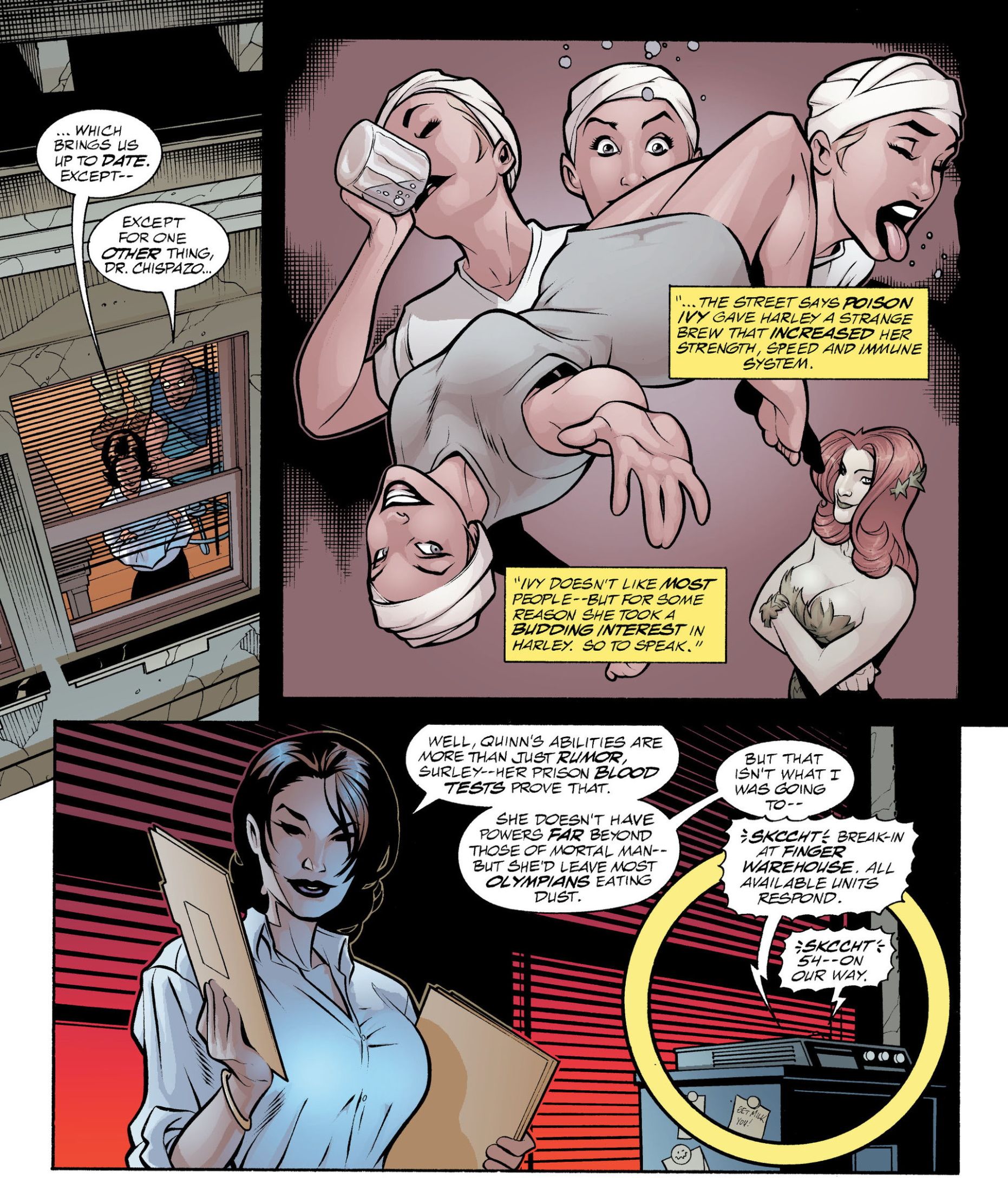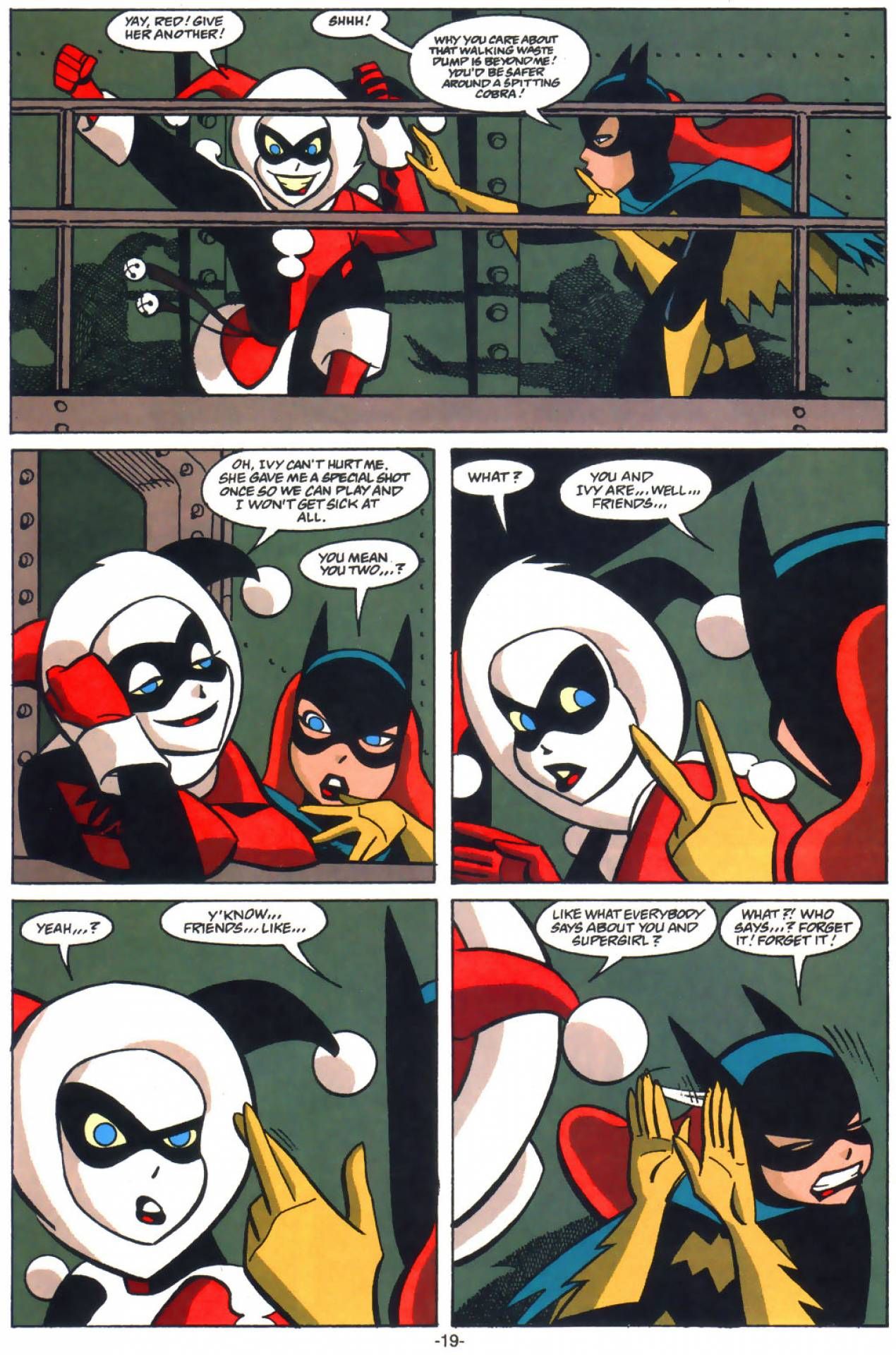Marvel Comics' Captain America and DC Comics' Harley Quinn have more in common than you might think. Both grew up on the streets of Brooklyn, both tragically lost their mother to illness, and both have a fondness for red, white, and blue. But the similarities run deeper, thanks to Harley's first comic book series in 2000: when Harley first went solo, she took a super-soldier serum made by Poison Ivy!
Harley Quinn's first ongoing comic had a crucial task to tackle in making the former one-off Batman: The Animated Series character into a believable series lead. She'd been established as an abused sidekick with a troubled dedication to the Joker, and her meteoric rise in popularity led to her getting several cartoon adaptations and cameos in Batman comics. When writer Karl Kesel, artist Terry Dodson, and colorist Rachel Dodson teamed up for a book in which she had a starring role, the team needed to focus on aspects of her character that made her viable as a star, rather than eternally cheerleading an even more popular villain.
The opening issue establishes two major things about Harley that work toward this. First, Dr. Harleen Quinzel has a talent for reading people, and her bubbly exterior disarms people enough for her to skillfully manipulate them. Second, the book establishes that she has nearly superhuman agility and strength, provoking wonder at her ability to perform acrobatic flips and heft a deadly, oversized mallet with ease. The first has a clear origin in her training as a psychiatrist, but the second is unclear at first.
Issue 5 of Harley Quinn gives us a clear explanation. A former FBI profiler, hired by a crime boss with a grudge, goes into the details: Harley's best friend and lover Poison Ivy developed a serum that boosted her immune system, as well as her strength and speed. The profiler explains that her powers aren't on the level of Superman or the Flash, but "she'd leave most Olympians eating dust."
This is a major expansion of an existing concept in Harley's character background. Back in the Batman: The Animated Series story "Harley and Ivy", when the disillusioned clown crashes at Ivy's hideout, the botanist injects her with a shot designed to make her immune to toxins, allowing her to cohabitate with Poison Ivy (and maintain extended contact with her) with no ill effects. This was the first time that the treatment (changed here to be a drink, or possibly given in addition to the vaccine) was mentioned in the main DC continuity, but it had been referenced in the BTAS spinoff comic Batgirl Adventures. Harley explains her lack of issue with her companion's literal toxicity, leaving Batgirl to wonder about the nature of their relationship.
While the Sentinel of Liberty would take a lot of issues with Harley's criminal habits, the two have a surprising amount of common ground. If being mutual recipients of super-soldier serums isn't enough for them to identify with each other, they could bond over their ambiguously romantic same-sex relationships... or something as simple as shared patriotism. After all, even the Joker can't stand Nazis.



